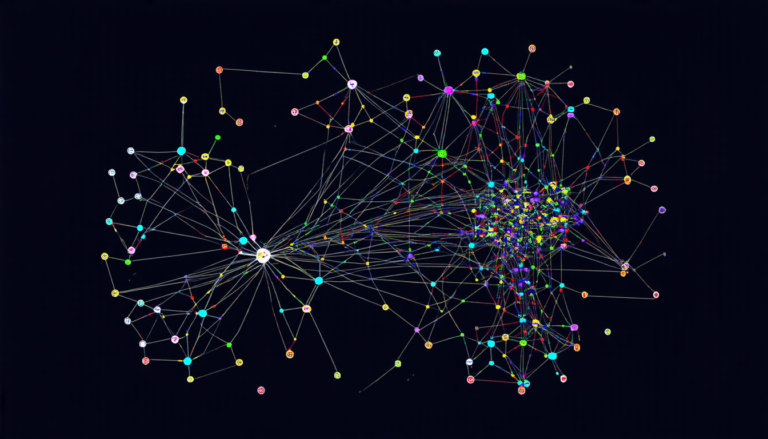Monday 08 September 2025
In a significant breakthrough in human-computer interaction, researchers have designed an innovative desktop-centric mixed reality (MR) environment that enables scientists and clinicians to explore complex data in a more natural and intuitive way.
The new design space, developed by a team of experts from the University of California, Berkeley, and the California Institute of Technology, aims to provide users with a more efficient and effective means of analyzing and visualizing large datasets. By combining 2D and 3D representations, the system allows researchers to switch seamlessly between different modes of interaction, depending on their specific needs.
One of the key features of the design is its use of five distinct zones for interaction, each tailored to a specific type of activity. The Object Zone, for example, is dedicated to manipulating 3D objects and visualizations, while the Desktop Zone provides access to tools and settings. The Free-Standing Panels Zone displays related data in a compact and easily accessible format.
The researchers’ goal was to create an environment that would enable users to work more efficiently and effectively, without being overwhelmed by clutter or complexity. To achieve this, they conducted extensive studies with scientists and clinicians, gaining insights into their workflows and habits.
The results of these studies informed the design of the system, which is specifically tailored to meet the needs of its intended users. By providing a flexible and adaptable interface, the researchers hope to enable scientists and clinicians to focus on their work, rather than struggling with the technology itself.
In addition to its practical applications, the new design space has significant implications for our understanding of human-computer interaction. By exploring the ways in which people interact with complex data, researchers can gain valuable insights into how we process information and make decisions.
The team’s findings also highlight the importance of collaboration between experts from different disciplines. By working together, scientists and clinicians can develop more effective solutions to complex problems, such as disease diagnosis or environmental modeling.
As research continues to evolve, it is clear that mixed reality environments will play an increasingly important role in many areas of science and medicine. The innovative design space developed by this team is a significant step forward in this field, offering new possibilities for data analysis and visualization.
By providing a more intuitive and user-friendly interface, the system has the potential to revolutionize the way scientists and clinicians work with complex data. As researchers continue to explore the possibilities of mixed reality, it will be exciting to see how this technology is applied in practice.
Cite this article: “Revolutionizing Data Analysis: A Mixed Reality Environment for Scientists and Clinicians”, The Science Archive, 2025.
Mixed Reality, Human-Computer Interaction, Data Analysis, Visualization, Desktop-Centric, 2D, 3D, Scientific Research, Clinical Applications, Collaboration, Design Space







